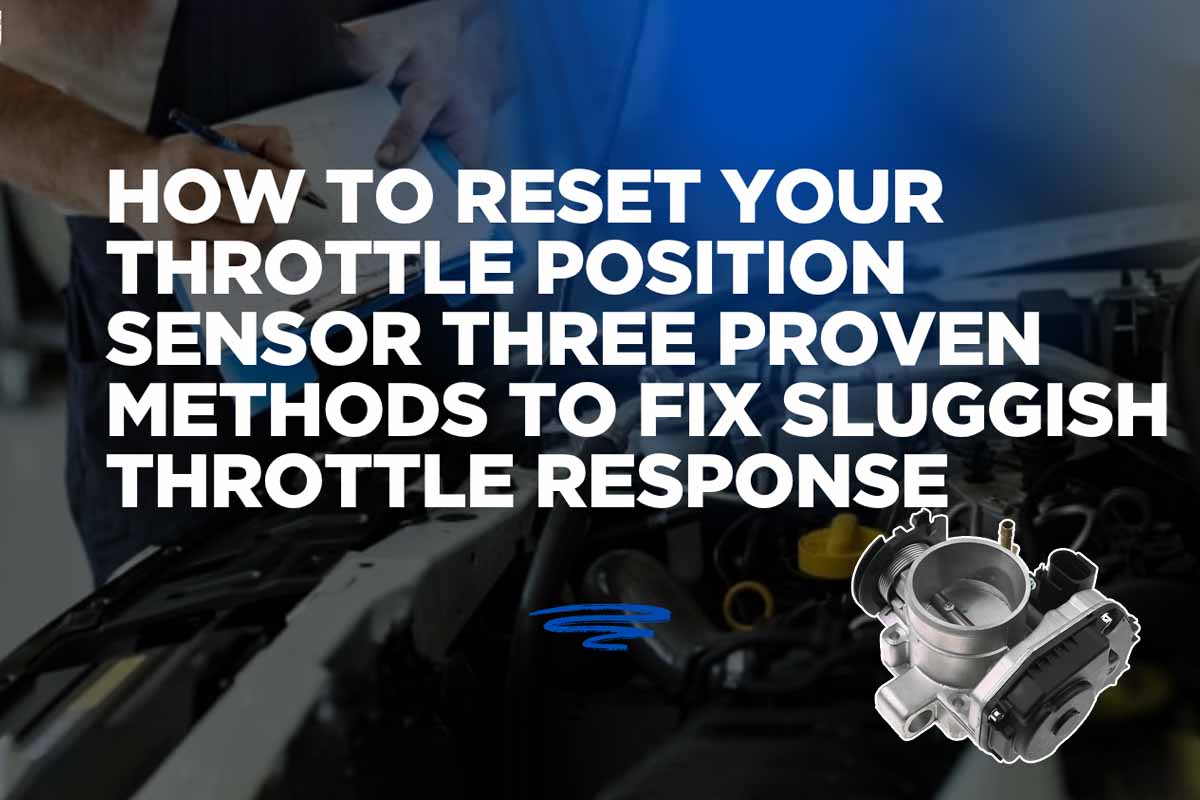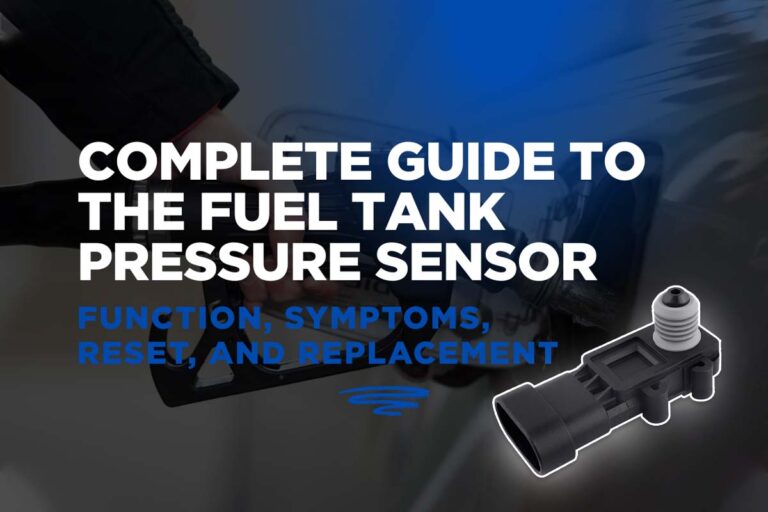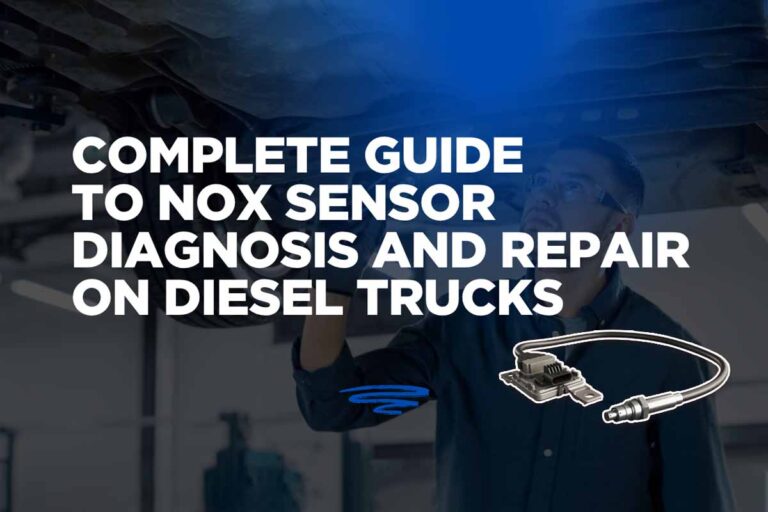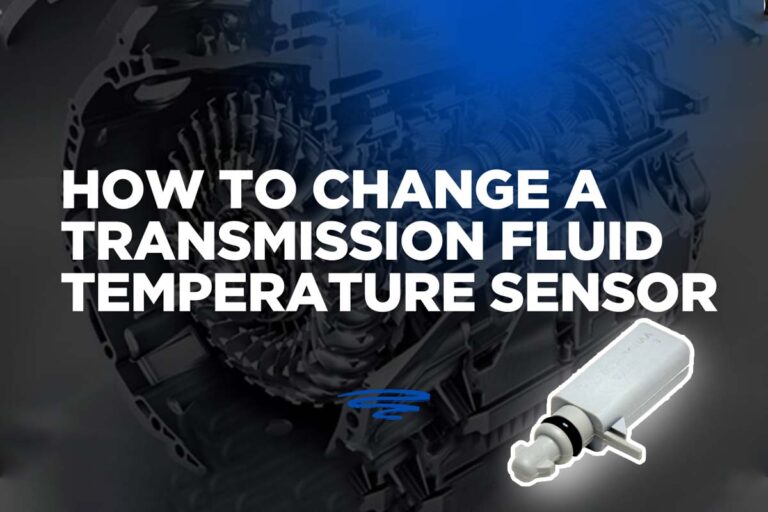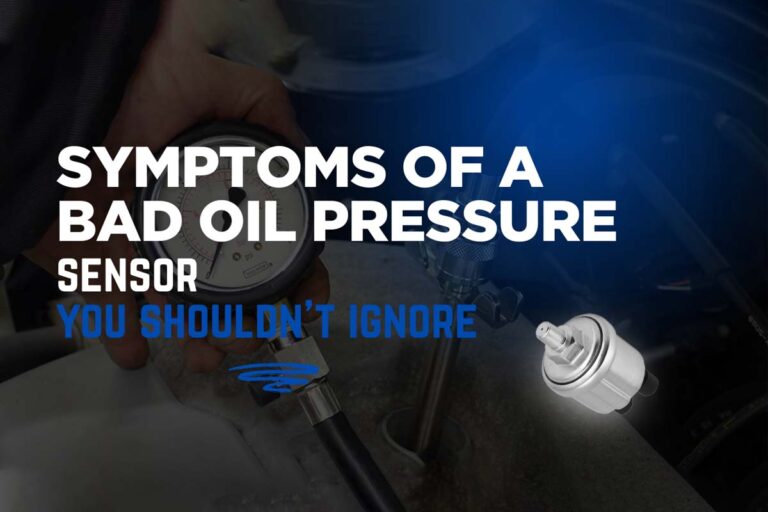How to Reset Throttle Position Sensor and Fix Sluggish Throttle Response Easily
Is your car's throttle feeling sluggish or unresponsive? Before heading to an expensive mechanic visit, you can often resolve throttle position sensor (TPS) issues yourself with simple reset procedures. This guide covers three proven methods to reset your throttle position sensor, helping you restore smooth engine performance and save money on repairs.
Understanding Your Throttle Position Sensor
The throttle position sensor monitors your accelerator pedal’s position and communicates this information to your vehicle’s engine control unit (ECU). When this sensor malfunctions or loses calibration, you may experience sluggish throttle response, irregular engine revving, poor acceleration, or rough idling.
Resetting the TPS recalibrates the sensor’s position readings, often resolving these performance issues without costly repairs.
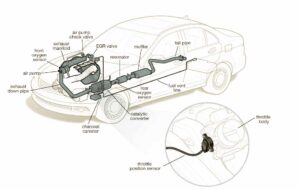
The 9 Warning Signs of a Failing Throttle Position Sensor (TPS)
Your vehicle’s Throttle Position Sensor (TPS) plays a critical role in ensuring smooth engine performance and fuel efficiency. It communicates with the engine control unit (ECU) to adjust air-fuel ratios based on your throttle input. When the TPS begins to fail, it can trigger a range of issues that affect drivability, fuel economy, and even safety. Here are the top 9 warning signs to watch out for:
Inconsistent Idle Speed
If your engine idles roughly or stalls unexpectedly while stationary, it could be a sign of TPS failure. Faulty signals sent to the ECU confuse the system, causing RPMs to fluctuate. You might notice the engine racing or bogging down without any input.
Poor Fuel Economy
A malfunctioning TPS may cause the engine to run too rich, consuming more fuel than necessary. If you find yourself making frequent trips to the gas station or see a noticeable drop in miles per gallon, the TPS might be at fault.
Hesitation During Acceleration
When you press the gas pedal, the throttle should open instantly. A failing TPS causes hesitation or a lag in power delivery. You might feel a delay before the vehicle starts accelerating or experience a stumbling sensation.
Difficulty Shifting Gears
In both automatic and manual vehicles, the TPS affects gear shifting. Faulty data can result in delayed or hard shifts, jerky transitions, or difficulty engaging gears, making driving uncomfortable and potentially damaging the transmission.
Unresponsive Acceleration
If pressing the accelerator doesn’t produce the expected speed increase, it’s a serious red flag. This could be dangerous during overtaking or merging situations and is often caused by a sensor failing to register pedal input.
Unusual Speed Surges
Sudden bursts of acceleration without touching the pedal are not just annoying—they’re hazardous. A failing TPS can send erratic signals, causing unexpected speed changes that affect control and stability.
Check Engine Light
A bad TPS usually triggers the check engine light. Codes P0120 through P0124 are commonly linked to throttle position sensor problems. Always scan for diagnostic trouble codes if this light appears.
Bucking and Jerking
You may experience jerky movements during acceleration, which feels like the vehicle is surging or losing power sporadically. This is often due to inconsistent data being sent to the ECU.
Sudden Engine Stalling
Perhaps the most dangerous symptom, your engine might shut off completely while driving. This can lead to a loss of steering and braking assist, posing a serious safety risk.
Method 1: Basic Ignition Reset (Best for Most Modern Vehicles)
This first method works for most modern vehicles and is ideal when your car feels sluggish or the throttle isn’t responding properly, but no error codes are present.
Step-by-Step Instructions
Step 1: Prepare Your Vehicle
- Ensure your car is completely off and parked safely
- Remove the key from the ignition
- Take a moment to ensure the engine is cool
Step 2: Enter Ignition Position
- Insert the key back into the ignition
- Turn to the “ON” position (do not start the engine)
- Dashboard warning lights will illuminate – this is normal
Step 3: Execute the Pedal Sequence
- Slowly press the gas pedal down over 4 seconds until it reaches the floor
- Hold the pedal down for exactly 3 seconds
- Slowly release the pedal over 4 seconds
- Repeat this entire sequence two more times (3 total repetitions)
Step 4: Complete the Reset
- Turn the key to “OFF” and remove from ignition
- Wait 10 seconds
- Start the car and test throttle response
Success Indicators
- Smoother engine revving
- More responsive throttle feel
- Improved acceleration
Method 2: Battery Disconnect Reset (For Electronic Throttle Control Systems)
This method is particularly effective for vehicles with electronic throttle control systems when the basic reset doesn’t work.
Step-by-Step Process:
Step 1: Disconnect the Battery
- Park safely and turn off the engine
- Open the hood and locate the battery
- Use a wrench to loosen the nut on the black (negative) cable
- Carefully remove the cable from the terminal
- Wait 5-10 minutes for complete system reset
Step 2: Reconnect and Initialize
- Reconnect the black cable and tighten securely
- Insert key and turn to “ON” position (don’t start engine)
- Allow dashboard lights to complete their diagnostic checks
- Start the car and let it idle for 10-15 minutes without touching the gas pedal
Step 3: Final Testing
- Turn off the engine, then restart
- Test for improved throttle response
Method 3: Advanced TPS Reprogramming (For Severe Issues)
This method addresses severe throttle position sensor issues or situations following throttle body replacement. Use this method when persistent error codes are TPS-related.
When to Use This Method
- Severe TPS malfunction symptoms
- After throttle body replacement
- Persistent TPS-related error codes
- Previous methods have failed
Detailed Procedure:
Step 1: Preparation
- Ensure your car battery is in good condition
- Make sure the engine is completely cold
- Have necessary tools ready
Step 2: System Reset
- Turn off the engine and wait for it to cool
- Disconnect the negative battery cable with a wrench
- Wait 2 minutes for complete discharge
- Reconnect the cable securely
Step 3: Throttle Learning Process
- Turn key to “ON” position (don’t start engine)
- Listen for a soft buzzing sound from the throttle body – this indicates the throttle is learning its position
- Wait 3-5 minutes until the buzzing stops
- Turn key to “OFF” and remove from ignition
Step 4: Final Calibration
- Start the engine and let it idle for 10-15 minutes for proper system adjustment
- Take a short test drive to verify smooth throttle response
Maintenance Tips for Long-Term Performance
Clean your throttle body every 20,000 kilometers to prevent performance issues. Never use carburetor spray or gasoline – instead use specialized throttle body cleaners that are gentle on protective coatings.
Troubleshooting and When to Seek Help
If these reset methods don’t resolve your throttle issues, check for underlying mechanical problems, inspect the throttle body for excessive carbon buildup, or verify all electrical connections are secure. While these procedures are effective for many situations, consult a professional if you’re uncomfortable with any step or if problems persist.
Conclusion
These three throttle position sensor reset methods can restore your vehicle’s performance and save repair costs. Start with the basic ignition reset, progress to battery disconnect for electronic systems, and use advanced reprogramming for severe issues. Regular maintenance and early problem detection will help prevent future TPS problems, keeping your vehicle running smoothly.
